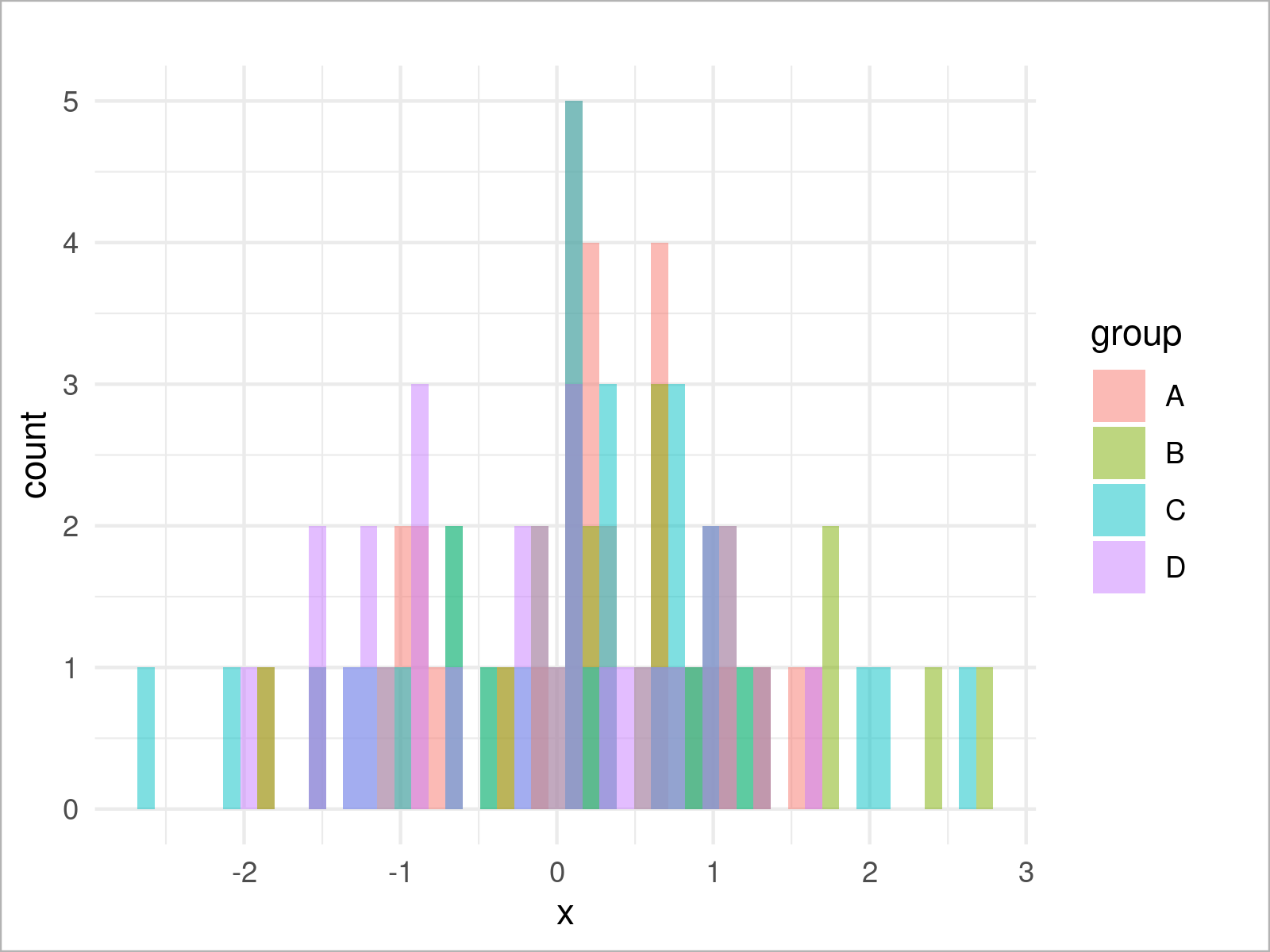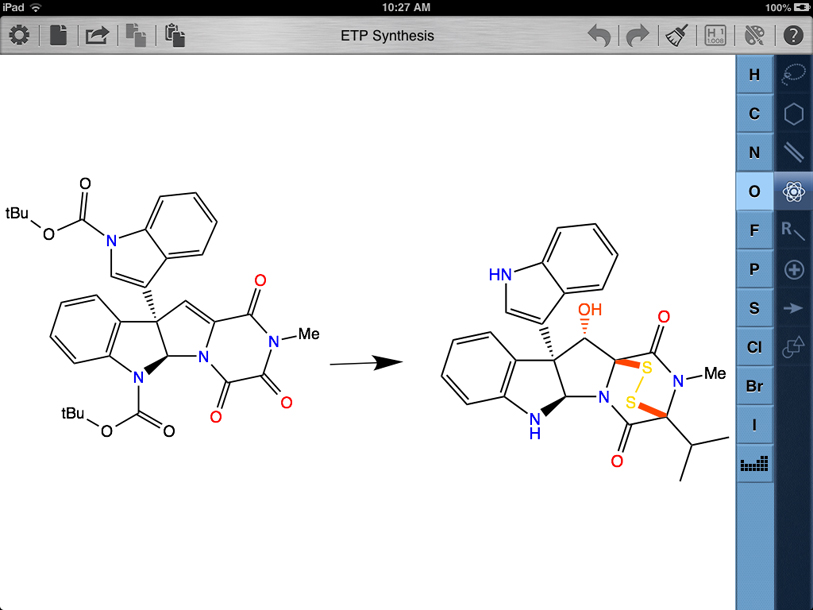

""" Generates a drawing of a molecule on a matplotlib canvasįrom import CanvasĬanvas._figure. Learn about chemical bonds with Bitesize GCSE Chemistry (OCR Gateway). Options.radicalSymbol = '.' # <- the sping canvas doesn't support unicode wellĬanvas = Canvas(size=size, name=fileName, imageType=imageType)ĭrawer = MolDrawing(canvas=canvas, drawingOptions=options)Ġ View Complete Implementation : _init_.py, under MIT License, by blackmints def MolToMPL(mol, size=(300, 300), kekulize=True, wedgeBonds=True, imageType=None, fitImage=False, Options.dotsPerAngstrom = int(min(size) / 10)Ĭanvas = Canvas(size=size, imageType=imageType, fileName=fileName) Raise ValueError('Null molecule provided') # original contribution from Uwe Hoffmann """ Generates a drawing of a molecule and writes it to a file The structure of nitrogen is N≡N, showing that it has three shared pairs of electrons.0 View Complete Implementation : _init_.py, under MIT License, by blackmints def MolToFile(mol, fileName, size=(300, 300), kekulize=True, wedgeBonds=True, imageType=None, Nitrogen atoms can form threeĬovalent bonds, so a triple bond forms between them. Nitrogen molecules consist of two nitrogen atoms joined together. Table of oxygen and carbon dioxide dot and cross diagrams Oxygen atoms can form two covalent bonds, so to link the two oxygen atoms together, a double bond forms. For example, oxygen molecules consist of two oxygen atoms joined together. Some molecules contain a double bond, which consists of two shared pairs of electrons. The complete dot and cross diagram for ammonia showing the non-bonding pair of electrons Double and triple bonds It is usually much clearer to arrange the non-bonding electrons in pairs, to match the pairs of electrons in the covalent bonds. The number of non-bonding electrons is almost always a multiple of two. Add these to complete the diagram (hydrogen atoms only have one electron, so they have no non-bonding electrons). Nitrogen atoms have five outer electrons, three are shared, leaving two non-bonding. This incomplete dot and cross diagram shows only the bonding pairs of electronsįinally add in the non- bonding outer electrons. There are three shared spaces between theĬircles, so add a dot and cross to each one. Nitrogen is in group 5 so it forms three covalent bonds.

It is often easiest to draw circles at 90° or 180° to each other

Each of the three H circles overlaps the N circle. For this, draw four circles, one labelled N and three labelled H. For example, the formula for ammonia is NH 3.
#Example of chem draw how to#
To work out how many circles to draw for a simple molecular substance and how to label them, look at the formula. This is because the first shell is filled by only two electrons. They form one covalent bond as they only need one more electron to complete their outer shell. Note: Hydrogen atoms only have one electron. The table below shows the number of bonds formed by elements in groups 4 to 7 (IUPAC groups 14 to 17).
#Example of chem draw full#
For most elements, a full outer shell is eight electrons. This means that the number of covalent bonds an atom can form is the same as the number of electrons needed to get a full outer shell. These include all the bond, shape, text, and selection tools necessary for drawing struc-tures and reactions.

The Main Toolbar Most common tools are on the main toolbar. How many bonds?Ītoms form covalent bonds by sharing electrons, to get a full outer shell. The Toolbars The toolbars in Chem & Bio Draw 12.0 pro-vide all the tools necessary to draw and edit structures. Instead of trying to remember lots of different dot and cross diagrams, it may help to understand how to draw them using given information.


 0 kommentar(er)
0 kommentar(er)
